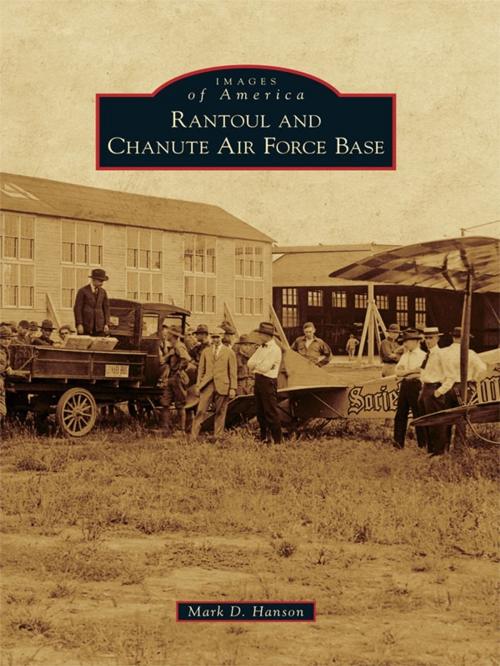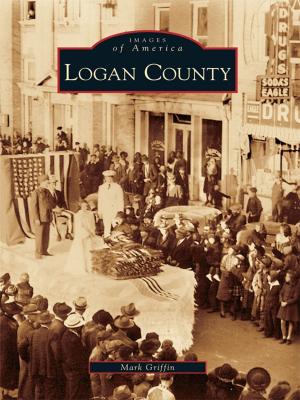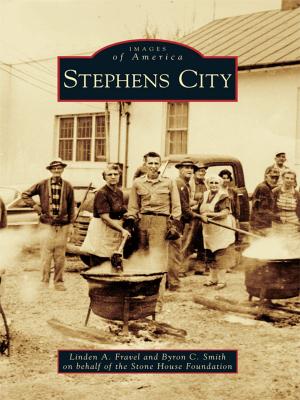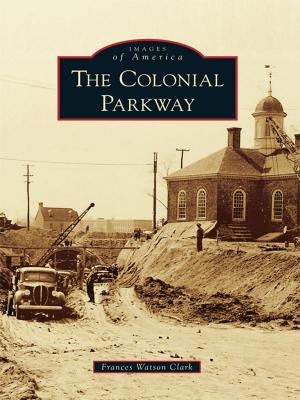Rantoul and Chanute Air Force Base
Nonfiction, History, Military, Pictorial, Travel, Museums, Tours, & Points of Interest, United States| Author: | Mark D. Hanson | ISBN: | 9781439640760 |
| Publisher: | Arcadia Publishing Inc. | Publication: | April 18, 2011 |
| Imprint: | Arcadia Publishing | Language: | English |
| Author: | Mark D. Hanson |
| ISBN: | 9781439640760 |
| Publisher: | Arcadia Publishing Inc. |
| Publication: | April 18, 2011 |
| Imprint: | Arcadia Publishing |
| Language: | English |
Rantoul and the former Chanute Air Force Base are inseparably intertwined as primary players in a single historical narrative. Rantoul was first founded as an agriculturally based community in 1848 near an area known as Mink Grove. The settlement boomed with the coming of the Illinois Central Railroad in 1854; a railroad championed by the town�s namesake, Robert Rantoul Jr. Disaster followed in 1899 and again in 1901 with devastating fires. Then, in 1917, a U.S. Army flying field was built on the outskirts of Rantoul. Named after the aviation pioneer Octave Chanute, Chanute Field, later Chanute Air Force Base, became a premier technical training facility. A mutually beneficial relationship quickly developed between these civilian and military establishments that would last for over 75 years. Chanute Air Force Base closed in 1993, ushering in yet another new era for the village of Rantoul.
Rantoul and the former Chanute Air Force Base are inseparably intertwined as primary players in a single historical narrative. Rantoul was first founded as an agriculturally based community in 1848 near an area known as Mink Grove. The settlement boomed with the coming of the Illinois Central Railroad in 1854; a railroad championed by the town�s namesake, Robert Rantoul Jr. Disaster followed in 1899 and again in 1901 with devastating fires. Then, in 1917, a U.S. Army flying field was built on the outskirts of Rantoul. Named after the aviation pioneer Octave Chanute, Chanute Field, later Chanute Air Force Base, became a premier technical training facility. A mutually beneficial relationship quickly developed between these civilian and military establishments that would last for over 75 years. Chanute Air Force Base closed in 1993, ushering in yet another new era for the village of Rantoul.















